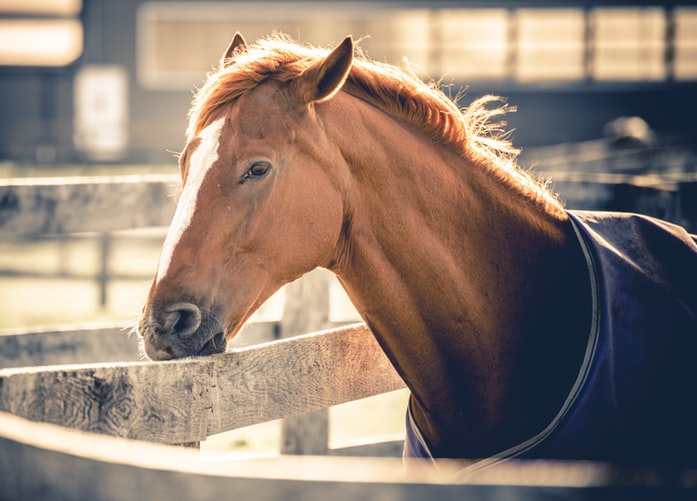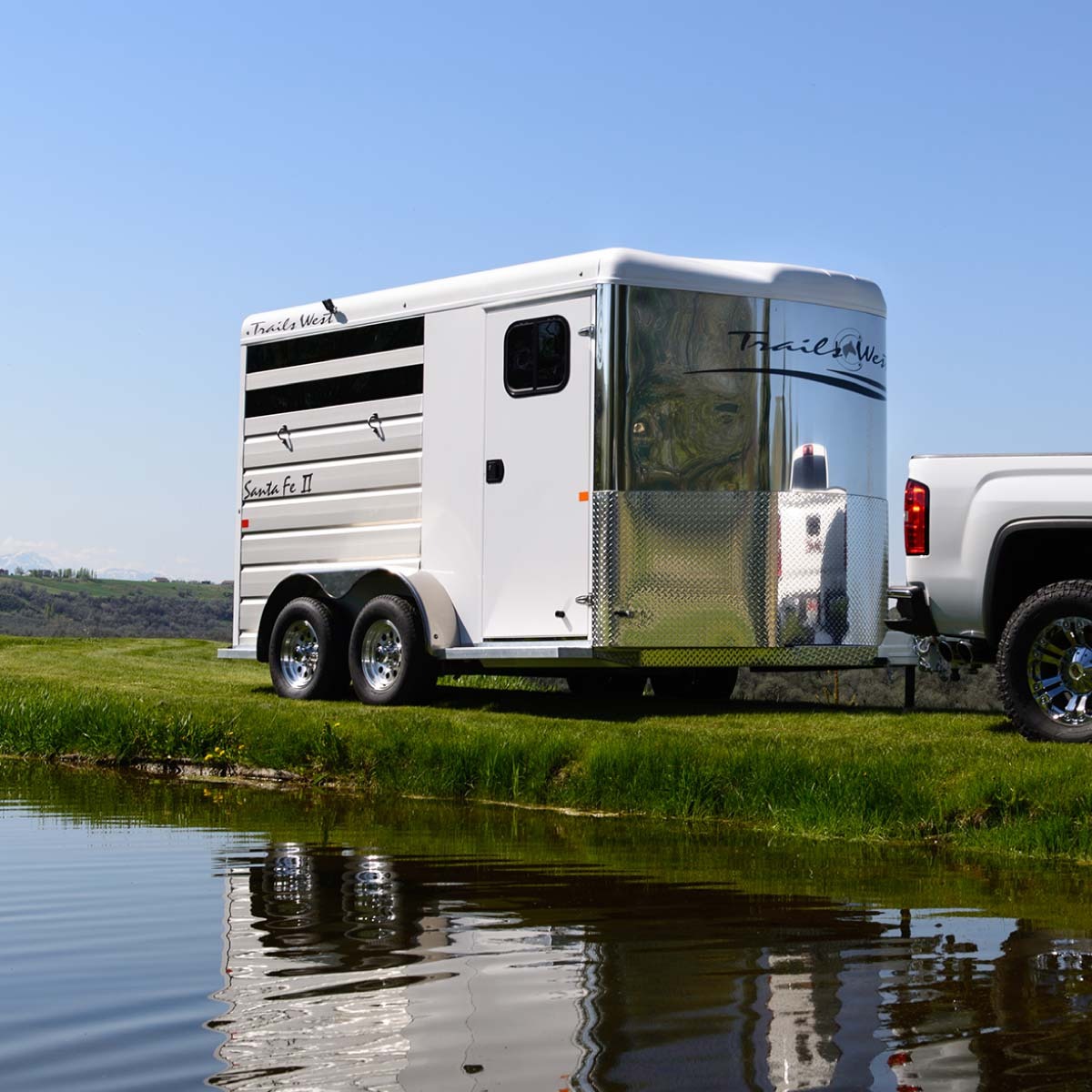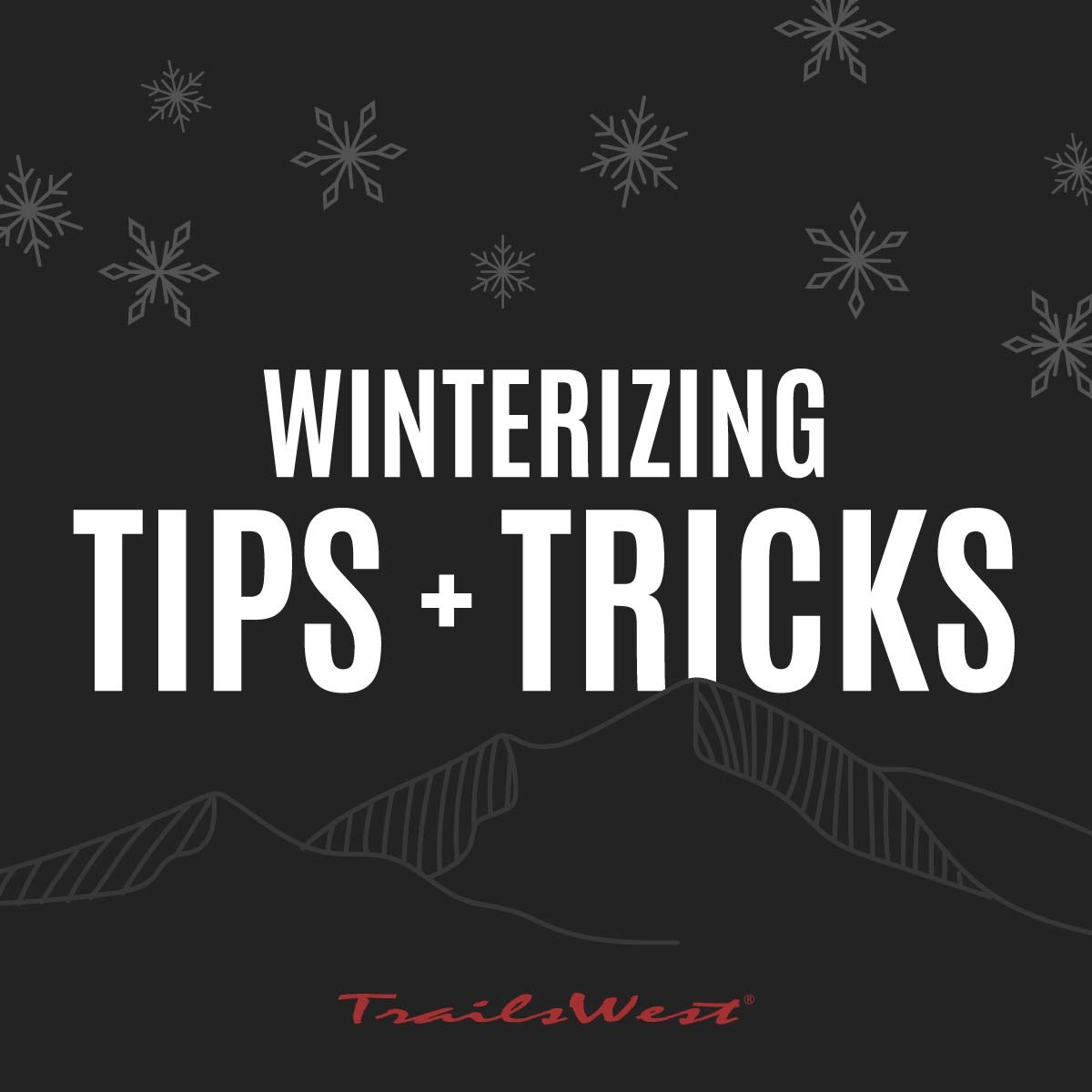Bowed Tendons 101 — the Healthy Hauling Series Part 8

Soft tissue injuries — particularly bowed tendons — are among the most common injuries faced by competitive equines. Thoroughbreds on the track are especially prone to bows, but any horse can suffer one. They’re caused by many factors, ranging from over-extension and tearing of the tendon to impact from another hoof.
At Trails West Trailers, our customers are thoughtful, conscientious equine owners. But even the best care cannot always prevent your horse or mule from experiencing a soft tissue injury. They happen at the rodeo grounds, in the show ring, and sometimes when a horse is goofing off in the pasture. Any horse can suffer from a bow, which means every horse owner needs to prepare for them.
Welcome to the eighth article in our blog series dedicated to healthy hauling. Today, we’ll explain what bowed tendons are, how your vet might suggest you treat them, and special considerations when hauling a horse with a bow in your horse trailer. Let’s start with a definition.
What are Bowed Tendons?
Vets define bowed tendons as a swelling in the superficial or deep digital flexor tendon. When either of these tendons swells, the leg appears bowed or curved.
- If you’ve never seen a bowed tendon, do a quick internet search for images.
- You’ll see that bows can be quite minor or huge and terrifying.
- Bows can appear anywhere from the knee down on front legs, or hock down, on the rear.
- The superficial digital flexor tendon (SDFT) of a front leg is much more commonly affected than the deep digital flexor tendon (DDFT) or rear leg injuries.
Vets are reporting more bowed tendons among older horses than ever before. But we expect that comes with the territory. There was once a time when 14 was considered old for a horse. Horses live longer now. Many full-size horses are packing kids around at twice that age, and we’ve seen some tough ponies that must be immortal. Well, all jokes aside, the oldest pony on record, “Old Billy,” made it to 62.
It makes sense that as equines age, their older tendons and the life-long risks of a bow add up.
Once your horse bows a tendon, what’s next? That’s up to you and your vet.
Call a Vet Right Away. Here’s What They Usually Say
After a soft tissue injury like a bowed tendon, your horse will need to be on complete stall rest for a long time.
- It takes anywhere from six months to a year for a bow to heal, and the year mark is more common.
- Your vet might suggest that you cut your horse’s grain ration down to nearly nothing (he won’t need those calories, they’ll only make him hot and frustrated).
- Your vet might prescribe pain meds. But sometimes, it’s better to let the horse feel his injury, so he doesn’t play too hard in the stall and injure himself further.
Your horse will gradually be ready for exercise. It might start with 15 minutes of hand-walking, followed by 20 minutes of turnout in a small, controlled area like a round pen. Communicate with your vet, and gradually increase that workload.
“Will my horse ever perform at the same level again?”
Possibly. It depends on the severity of the injury and a long layup, and your vision of performance. Only a tiny percentage of horses with bowed tendons need to be fully retired. He’ll never be an Olympic jumper. But he might be sound enough for serious competition in some sports or a rigorous lesson program. Or, he might need to become a terrific trail riding buddy.
Now, let’s talk about hauling horses with bowed tendons in a horse trailer.
Don’t Haul a Fresh Bow, and Take Care of Old Bows.
A year of stall rest is the best treatment for a bowed tendon, so don’t haul your horse anywhere until he’s ready. You’re looking at a year, maybe two, until he can safely ride in that horse trailer again. The only exceptions would be emergencies like severe colic or barn fire.
Once he’s fit enough to ride, you can load him up and go to a local show. Just be sure to wrap his legs. We’ve blogged about leg wraps here. They’re essential for hauling a horse with a bowed tendon.
We hope you enjoy our articles about healthy hauling! If you’d like to know more about any of our horse trailers, horse trailers with living quarters, and livestock trailers, contact us today.






